The Paca is a rodent that lives in Central and South America. It has dark brown fur with white spots along its sides. Some peoples also call these creatures “royal rats” and “gibnuts.” Researchers group this species in the taxonomic genus Cuniculus. The two species of Pacas are the lowland/spotted and the mountain. Read on to learn about the Paca.
Description of the Paca
These creatures have stout bodies, short front legs, and square heads. Their ears are small and round, and their tails are almost non-existent. Like maras, they have four toes on their front feet and three toes on their rear feet.
Depending on the individual, this rodent can weigh up to 25 lbs. They measure between 23 in. and 32 in. long. Males grow slightly larger and heavier than females.
Interesting Facts About the Paca
These interesting creatures have a number of different behaviors and traits that make them unique. Learn more about Pacas below.
- Who’s in the Family – The closest relatives of these rodents include capybaras, guinea pigs, maras, agoutis, nutria, and more.
- Monogamous – Mated pairs breed only with one another, but surprisingly the mountain species does not live together. Males and females live in two separate dens, though they usually dig those dens in close proximity to one another.
- Seed Dispersal – These mammals feed primarily on fruits, berries, and seeds. Surprisingly, they are incredibly important for the health of the rainforest they live in. When they defecate, the seeds of the fruits that they ate pass through the digestive system unharmed. This allows the trees to spread farther, known as seed dispersal.
- Coprophagy – This creature performs a behavior we as humans find quite unappealing, they eat their own poop! After food passes through their digestive system, they consume it again to absorb all the nutrients possible. They also eat their young’s feces to avoid attracting predators.
Habitat of the Paca
The different species have different habitat preferences. The lowland species prefers dense rainforests, wetlands, swamps, and similar habitats. They prefer riparian areas, or areas in close proximity to streams, lakes, ponds, and other water sources. The mountain species lives primarily in mountainous regions, usually in grasslands and savannas.
Distribution of the Paca
Each species has its own unique distribution. The lowland species ranges from southeast Mexico through Central America and South America to southern Brazil. In South America the live primarily to the east of the Andes Mountains. The mountain species inhabits the Andes mountain range, primarily in Venezuela, Bolivia, Columbia, Peru, and Ecuador.
Diet of the Paca
The two species are both herbivorous, which means they feed on plants. They eat a variety of plant parts, including leaves, fruits, roots, nuts, berries, fruits, and more. Both species are primarily frugivores, which means that the majority of their diet consists of fruits. Some of their favorite foods include avocados and mangos.
Paca and Human Interaction
Both species have healthy populations with high numbers. However, animals in some regions face greater pressure than those in other regions. Habitat destruction in the form of deforestation and agriculture cause decline in some regions. Hunting also impacts these creatures.
The IUCN lists the mountain species as Near Threatened, and the lowland species as Least Concern.
Domestication
Humans have not domesticated this species in any way.
Does the Paca Make a Good Pet
No, these rodents do not make good pets. They are wild animals, and have specific dietary and care needs. In many places it is illegal to own Pacas as pets.
Paca Care
The two species live in different zoos across the world. Zoos keep them in large enclosures with plenty of plants, bushes, and other hiding places. Most also house them with a water source to swim in. Zookeepers feed them a diet of fruits and vegetables, as well as hay and pelleted rodent feed.
Behavior of the Paca
Both species are nocturnal, which means that they are active at night. They spend their days sleeping in a burrow or other shelter, and emerge at night to forage for food. Some are solitary, while others live in pairs but do not interact outside of breeding and protecting their territory. The pair even lives in separate burrows, usually in close proximity to one another.
Reproduction of the Paca
These rodents breed once or twice per year. They give birth to a single baby, though some do bear twins. The gestation period lasts about three months. It takes about three months for the young to stop drinking their mother’s milk. By the time they reach six months old, the young Pacas are fully independent.

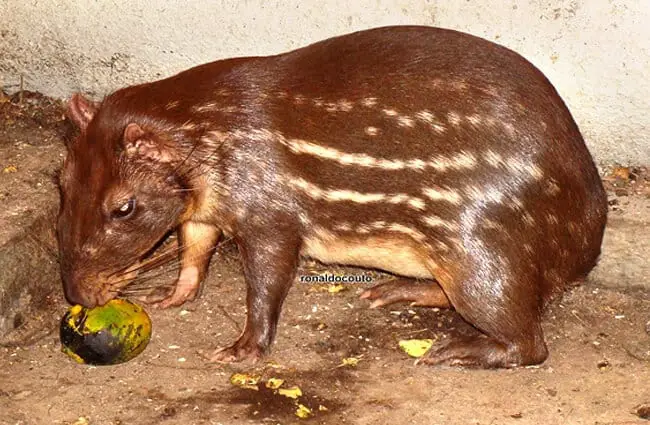

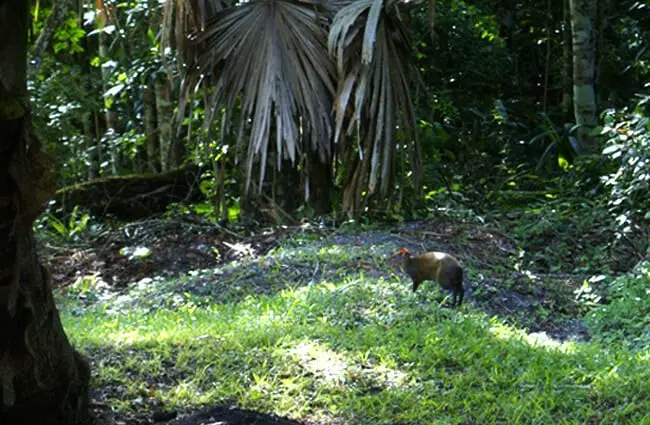

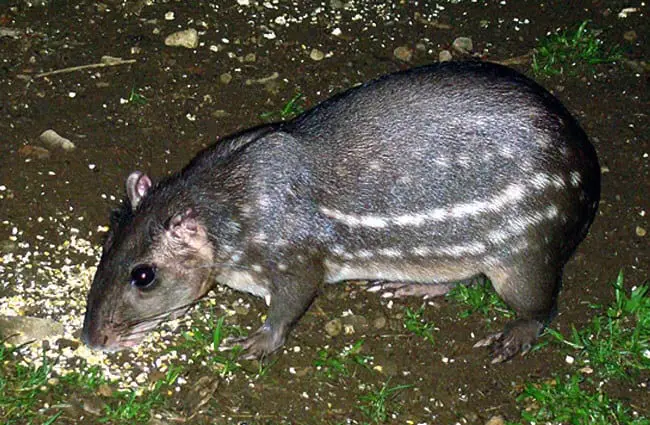
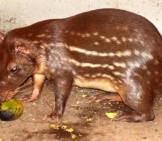
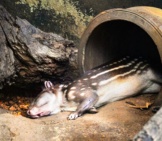

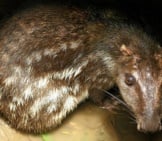
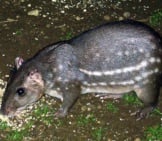
![Red Angus Closeup of a beautiful Red Angus cowPhoto by: U.S. Department of Agriculture [pubic domain]https://creativecommons.org/licenses/by/2.0/](https://animals.net/wp-content/uploads/2020/03/Red-Angus-4-238x178.jpg)












![Red Angus Closeup of a beautiful Red Angus cowPhoto by: U.S. Department of Agriculture [pubic domain]https://creativecommons.org/licenses/by/2.0/](https://animals.net/wp-content/uploads/2020/03/Red-Angus-4-100x75.jpg)

